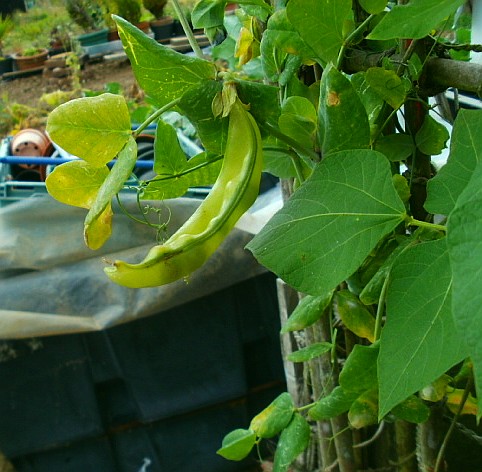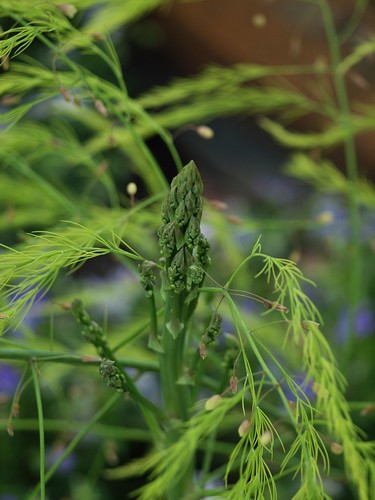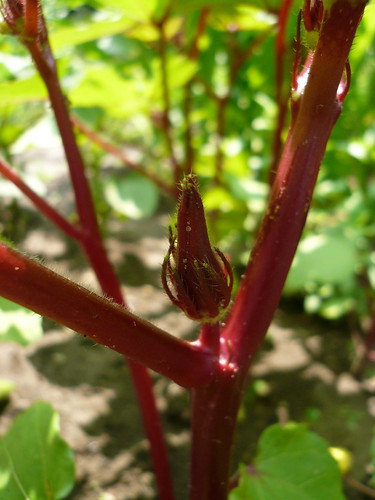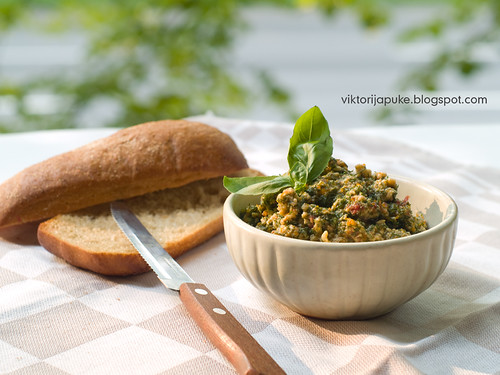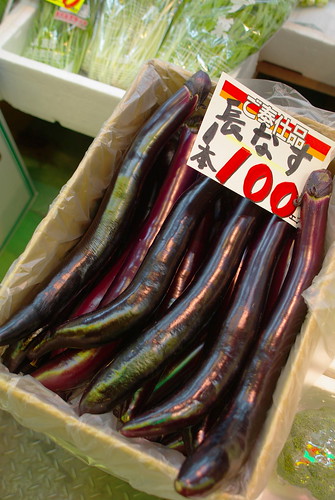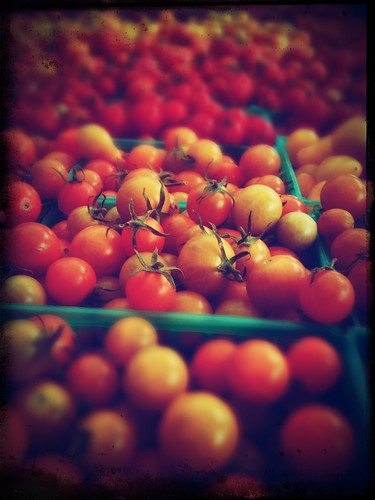
Image : http://www.flickr.com
The vegetable cabbage is very easy to grow and is readily available in the market. It is cultivated in most countries worldwide just like other common cruciferous vegetables like broccoli, brussel sprouts and cauliflower which are part of our day to day cooking. Cabbage is famous for its nutritional values, medicinal effects, and other therapeutic properties which earned it a spot in the diet world - the Cabbage Soup Diet.
Vegetable Family and History
Cabbage is from the Brassicaceae or Cruciferae family under the group of Brassica oleracea Capita. It was local to the Mediterranean region coming from a leafy mustard herb. The ancient Romans and Greeks have used the cabbage to prepare some forms of medicine. They have extracted white juice from newly picked white cabbage and used it to relieve painful or irritated eyes. The Romans and ancient Egyptians also took the concoction to prevent intoxication.
"Caboche" is believed to be the root of the English name of cabbage. It is derived from the Normanno Picard word which means "head". Cabbage has proven itself to be one of the most useful vegetables in history. It has earned for itself a very high position in the list of nutritious foods.
Why Cabbage is a Star Vegetable
The cabbage is known the world over. Aside from being inexpensive, it is very easy to prepare and contains a lot of healthy benefits. It is vital for everyone to know the countless benefits of this vegetable.
Nutrition experts all over the world have established the health benefits of cabbage. Cabbage maybe cheap in price but is very high in protective vitamins. It is low caloric and is very rich in nutrients. This vegetable has Vitamin A which can help protect the eyes. It has Vitamin B that aids in the integrity of your nerves and metabolic functions. Vitamin C can also be found in this leafy veggie and is responsible for supporting the mitochondria in fat-burning processes and in keeping your skin in its healthy state.
Cabbage can also help clean your intestines. Fresh cabbage juice can relieve abdominal pain, indigestion, headache, bronchitis, and asthma. Studies have shown that cabbage also prevents the formation or development of cancer cells. Its iron and sulphur contents are factors making it effective in cleaning our digestive system. The cabbage has also shown in aiding the production of more antibodies protecting us from different illnesses.
Varieties of Cabbage
Cabbage comes in many forms. It is often classified according to its shape and maturity. Green cabbages are the most common. Red cabbages are very rich in nutrition and are often thinly shredded to prepare delicious fresh salads. More delicate forms like the Bok Choy, a Chinese variety, can also be found.
There are traditional varieties like the cone-shaped Early Jersey Wakefield, Late Flat Dutch, and the round headed Danish Ballhead. There is also a variant called Napa cabbage famous for its sweetness and is perfect to pair with dry fish.
A cabbage is a usual for different salad preparations. Some dishes use the cabbage whish is prepared by freezing or parboiling the head of the vegetable and filling it with rice and chopped meat. It is also an ingredient of choice to supplement soups or stews. The Cabbage Soup Diet has a great following of those who want to quickly rid themselves of some pounds.


